Home design trends evolve every year, and 2025 is set to bring major shifts in furniture styles. While some pieces stand the test of time, others are quickly becoming outdated in favor of more functional and aesthetically pleasing alternatives. Designers are moving towards furniture that prioritizes sustainability, comfort, and versatility. Whether it’s due to changing lifestyles, technological advancements, or environmental concerns, certain styles are falling out of favor. Knowing what’s on its way out can help homeowners make informed choices when refreshing their living spaces.
1. Oversized Sectionals Are Losing Popularity
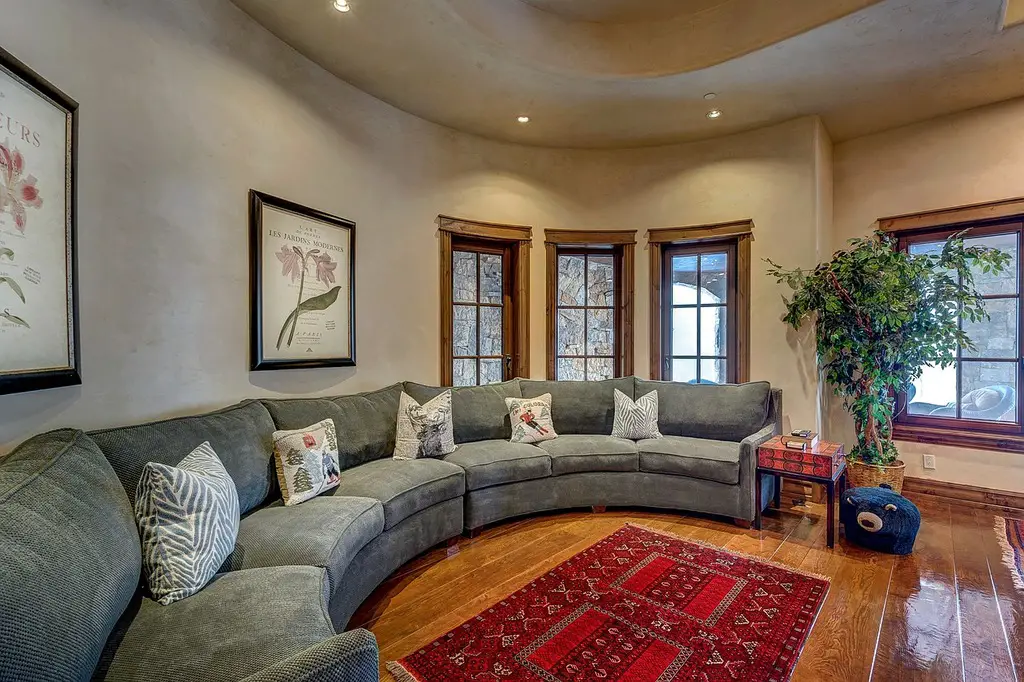
Large, bulky sectionals have been a staple in many living rooms, but designers are shifting towards more flexible seating options. According to Architectural Digest, oversized sectionals often dominate a space, making rooms feel cramped rather than inviting. As open floor plans evolve, homeowners are opting for modular seating that can be rearranged to suit different occasions.
Smaller, modular sofas offer versatility without overwhelming the space. These alternatives allow for better flow and easier reconfiguration, catering to both small apartments and spacious homes. With a focus on multifunctionality, homeowners can create adaptable living spaces that meet their changing needs.
2. Fast Furniture Is Becoming Obsolete
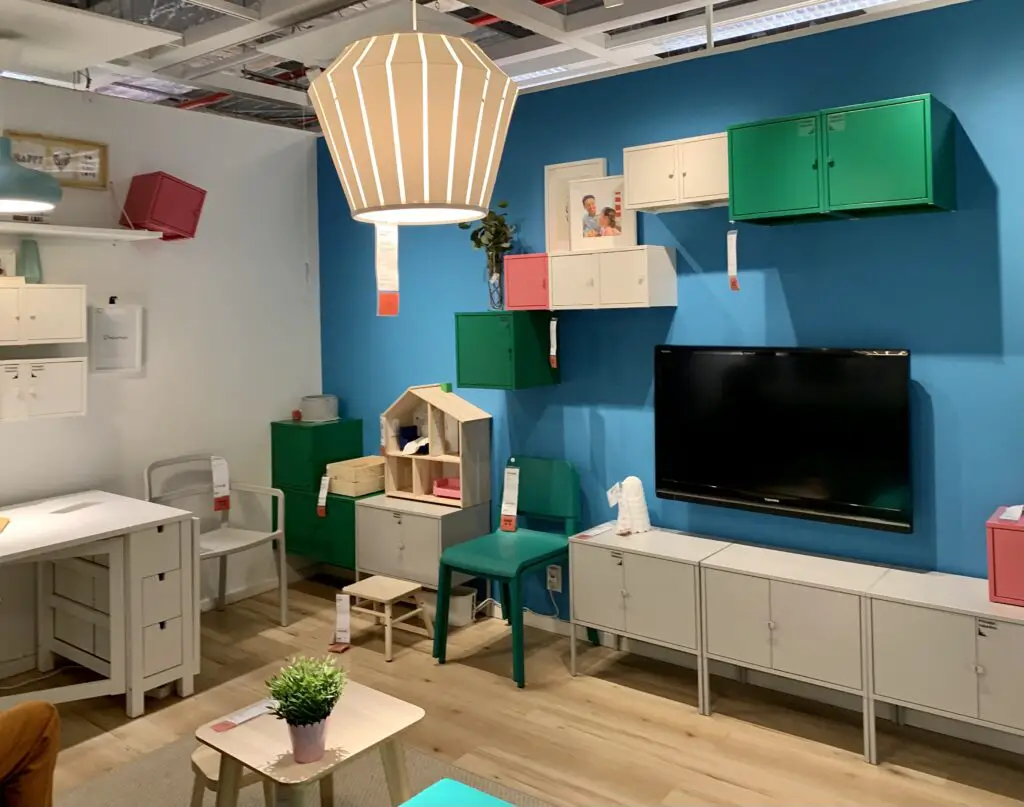
Cheap, mass-produced furniture is losing its appeal as sustainability becomes a priority. The New York Times reports that more consumers are seeking durable, eco-friendly options instead of disposable furnishings that contribute to landfill waste. As awareness grows, homeowners are investing in timeless, high-quality pieces that last for years.
Sustainable furniture made from reclaimed wood, recycled materials, and non-toxic finishes is gaining traction. These pieces not only reduce environmental impact but also add character and longevity to interiors. The shift away from fast furniture reflects a broader movement towards mindful consumption and ethical design choices.
3. Matchy-Matchy Bedroom Sets Are Out
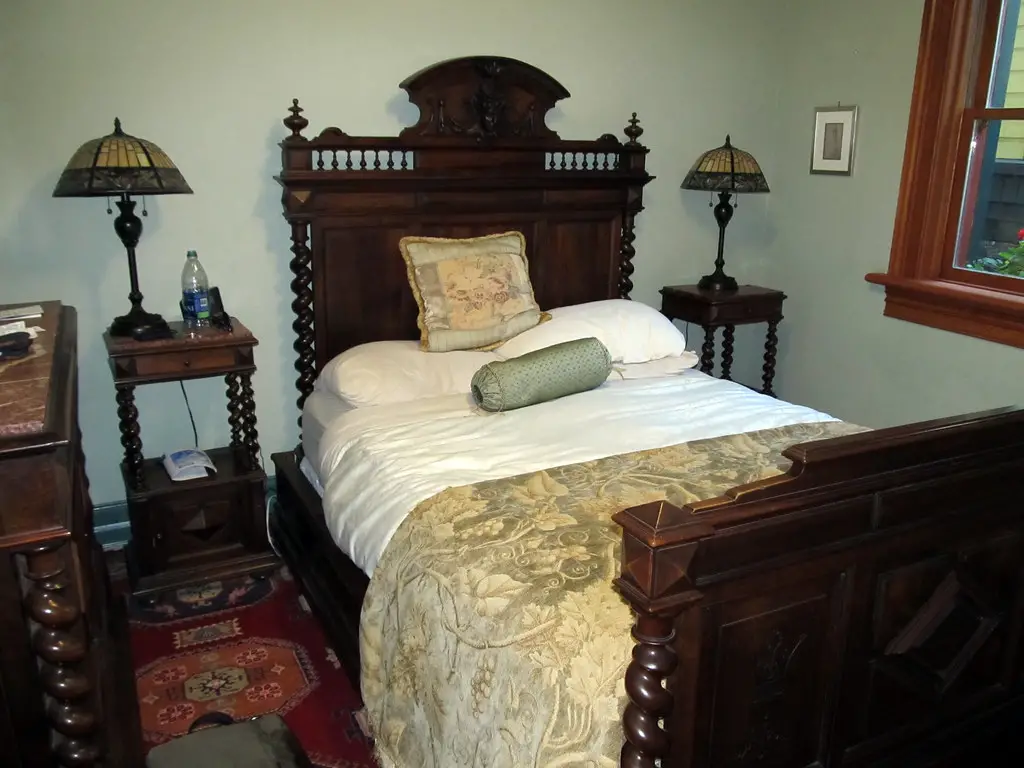
Coordinated bedroom sets with identical bed frames, dressers, and nightstands are becoming outdated. Forbes notes that designers are now favoring a more curated, eclectic look that combines different textures and styles for a personalized feel. A mix-and-match approach creates a more dynamic and inviting space.
Instead of buying complete furniture sets, homeowners are layering vintage finds with contemporary pieces. This approach adds depth and uniqueness to a room, making it feel collected over time rather than purchased in a single shopping trip. The result is a bedroom that feels more natural and individualized.
4. Open Shelving in Kitchens Is Falling Out of Favor
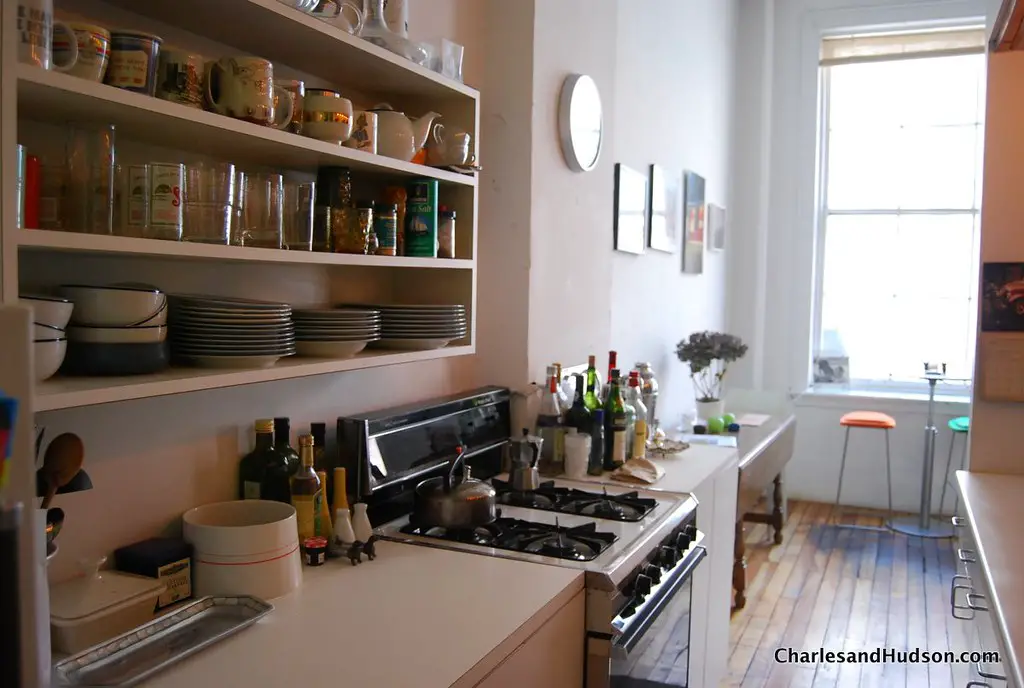
Open shelving has been a trendy alternative to traditional cabinets, but it’s proving to be impractical for many homeowners. The Spruce explains that while open shelves create an airy look, they also require constant maintenance to keep items dust-free and organized. Many are now returning to enclosed cabinetry for a cleaner aesthetic and better storage solutions.
Cabinets with sleek, minimalist designs offer the same modern appeal without the hassle of constant tidying. Glass-front doors provide a compromise, allowing homeowners to display decorative pieces while keeping everyday items neatly stored away. This shift prioritizes function without sacrificing style.
5. All-White Interiors Are Losing Their Edge
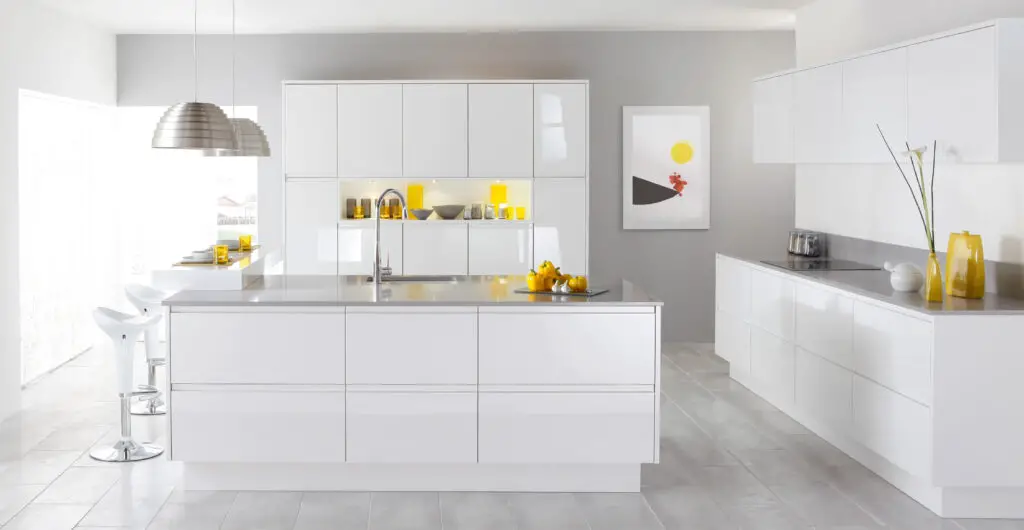
For years, stark white furniture and monochromatic interiors have dominated design trends, but warmer, more colorful spaces are taking over. Homeowners are embracing richer tones and natural materials to create more inviting, lived-in environments. While white furniture can feel clean and bright, it often lacks the warmth that many now seek.
Instead, earthy hues, deep greens, and warm neutrals are making a comeback. Upholstered furniture in cozy fabrics like velvet and linen adds depth and texture. This trend shift reflects a desire for interiors that feel more comfortable and expressive rather than cold and sterile.
6. Glass Coffee Tables Are Becoming Less Popular
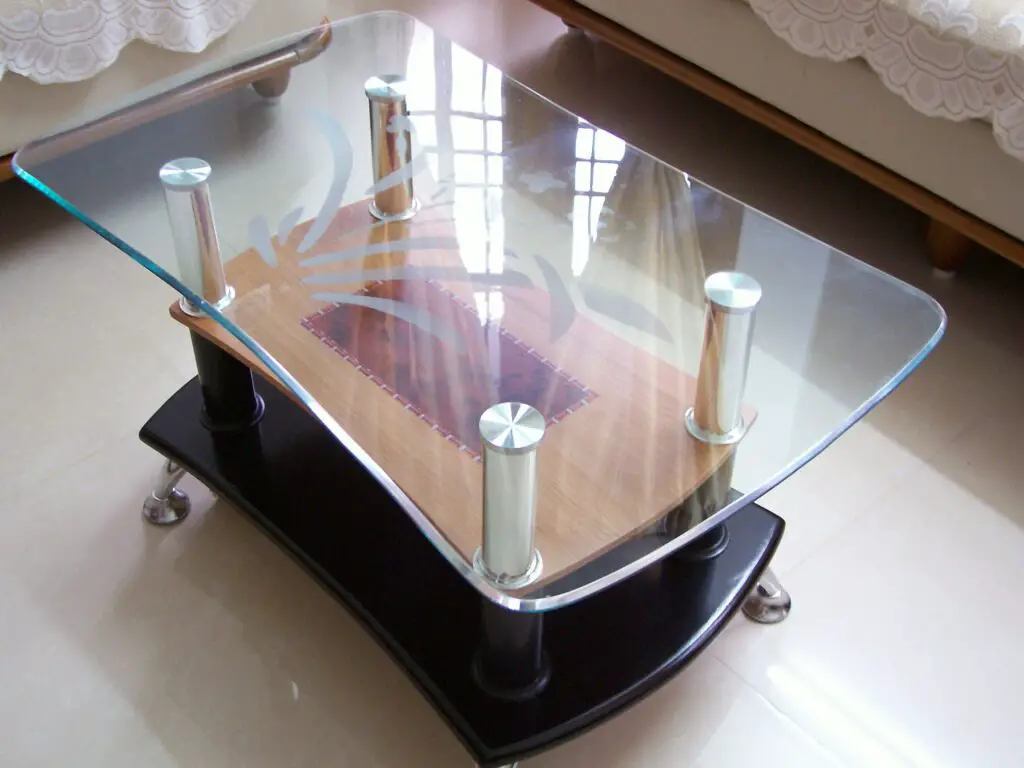
Glass coffee tables were once a go-to for modern interiors, but their impracticality is making them fall out of favor. Smudges, scratches, and the risk of breakage make them less desirable, especially for households with children or pets. Many designers are moving toward sturdier, more functional alternatives.
Wood, stone, and metal coffee tables are replacing fragile glass options. These materials offer greater durability while adding warmth and character to a space. Homeowners looking for a modern touch can opt for sculptural designs that serve as both functional and artistic pieces.
7. Tufted Headboards Are Becoming Less Common
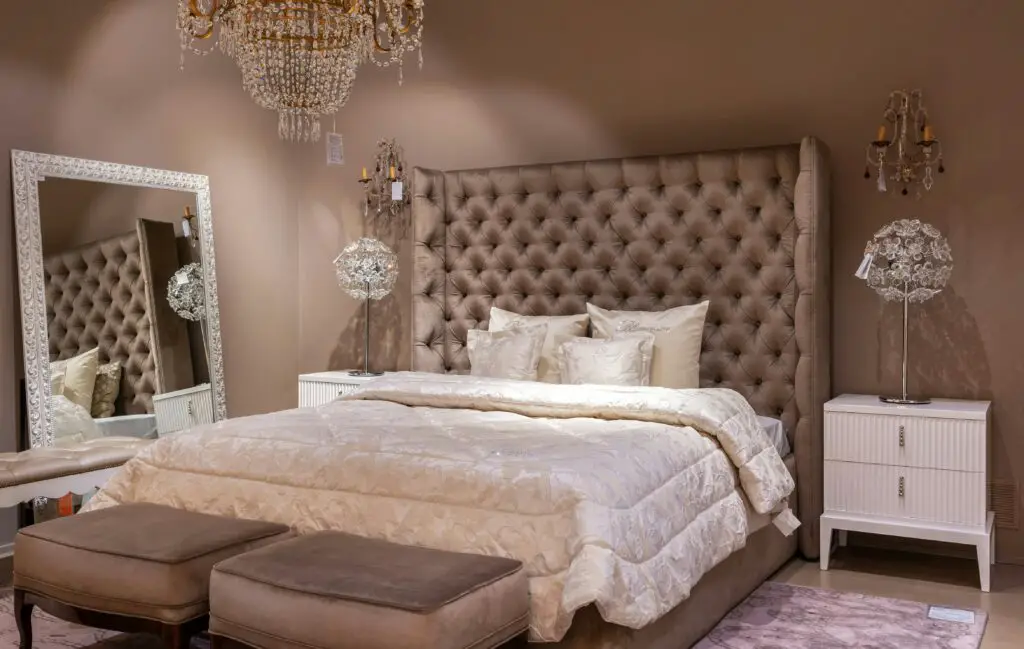
While tufted headboards have long been associated with luxury, they are gradually being replaced by simpler, more streamlined designs. These bulky, fabric-heavy pieces can collect dust and be difficult to clean, making them less practical for modern lifestyles. Designers are favoring headboards made from wood, cane, or upholstered panels with cleaner lines.
Natural materials add warmth and texture without overwhelming the bedroom. Minimalist headboards contribute to a more serene environment, aligning with the growing trend of wellness-focused interiors. This shift reflects a preference for understated elegance over ornate detailing.
8. Barn Doors Are Fading from Trend
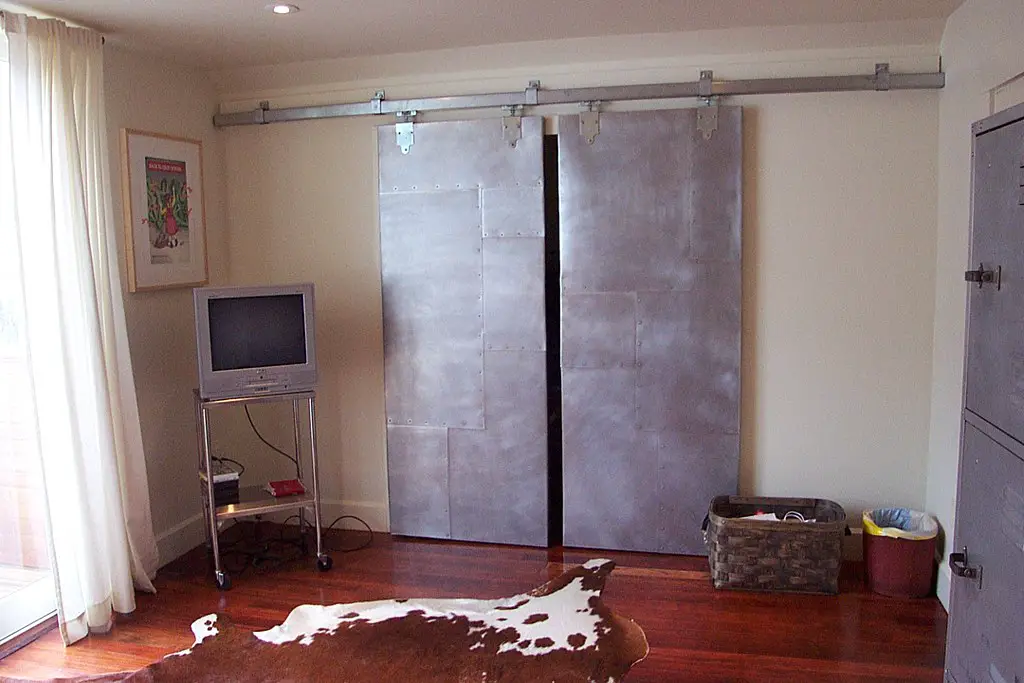
Once a farmhouse-style staple, sliding barn doors are becoming less desirable in contemporary homes. While they add rustic charm, their bulkiness and lack of sound insulation can make them impractical. Designers are favoring pocket doors and sleek sliding panels that offer a more refined look.
Modern alternatives provide better space efficiency without sacrificing style. Glass or metal-framed doors can separate rooms while maintaining an open feel. This transition reflects a broader move toward cleaner, more functional design choices.
9. Mirrored Furniture Is No Longer Chic
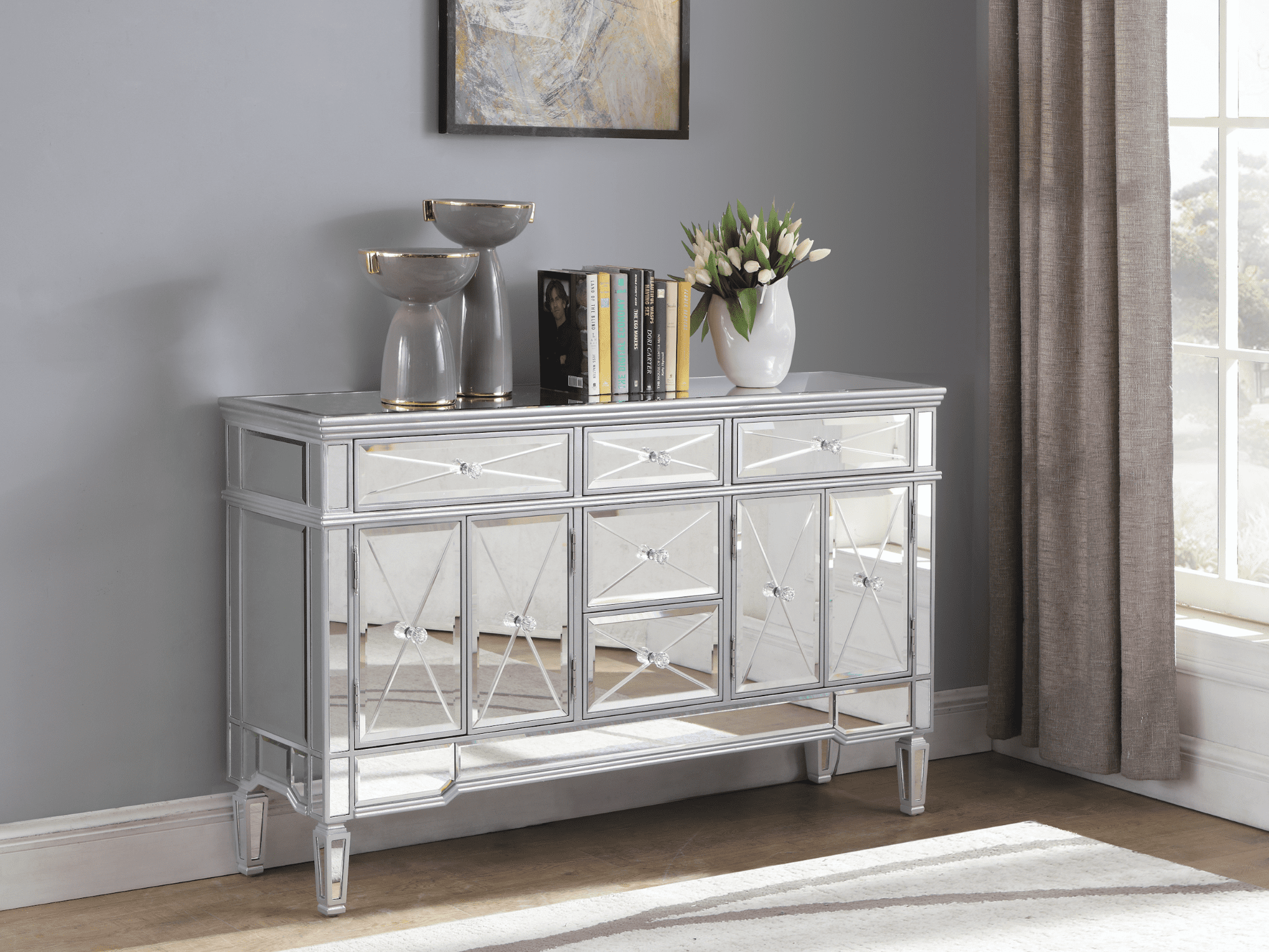
Mirrored dressers, nightstands, and vanities once symbolized glamour, but they are quickly becoming outdated. These pieces require constant upkeep to stay smudge-free and often clash with evolving interior aesthetics. Designers are shifting toward matte finishes and natural textures.
Wood and stone furniture offer a more organic, timeless appeal. Homeowners seeking a touch of luxury can incorporate metallic accents through hardware and décor rather than relying on fully mirrored surfaces. This change aligns with the movement toward understated sophistication.
10. Faux Industrial Furniture Is Losing Its Appeal
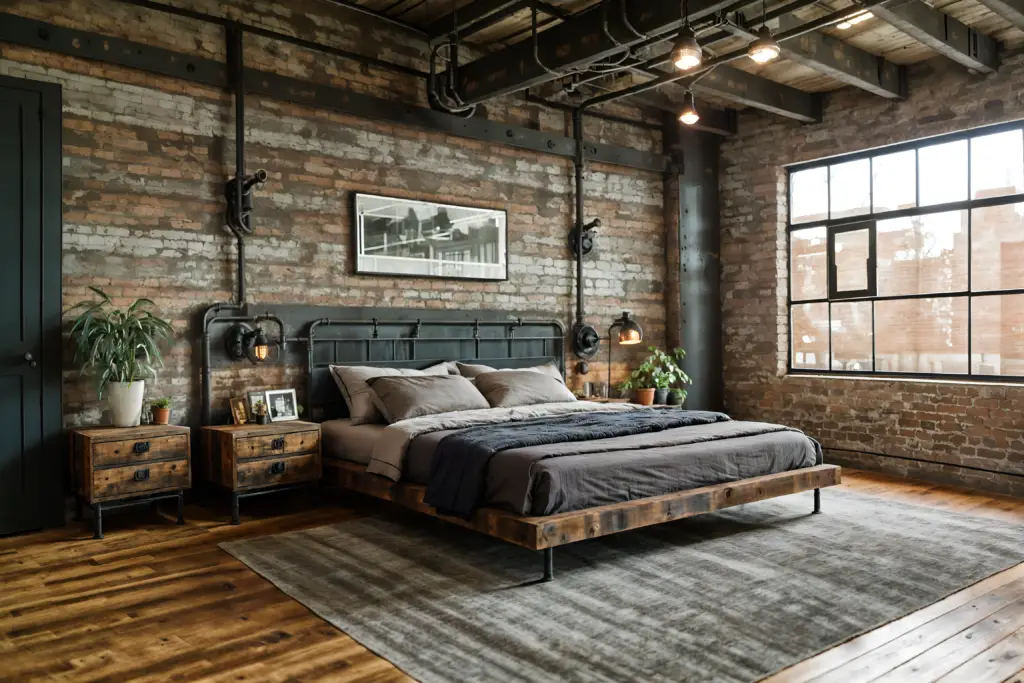
The industrial aesthetic, characterized by metal and reclaimed wood, has been widely popular, but overly manufactured versions are falling out of favor. Many designers now see mass-produced industrial-style furniture as lacking authenticity and originality.
Instead, genuine vintage and handcrafted pieces are being embraced. Homeowners are mixing industrial elements with softer materials like linen and natural wood for a balanced look. The focus is shifting toward authenticity rather than replication.
11. Floating Vanities in Bathrooms Are Declining
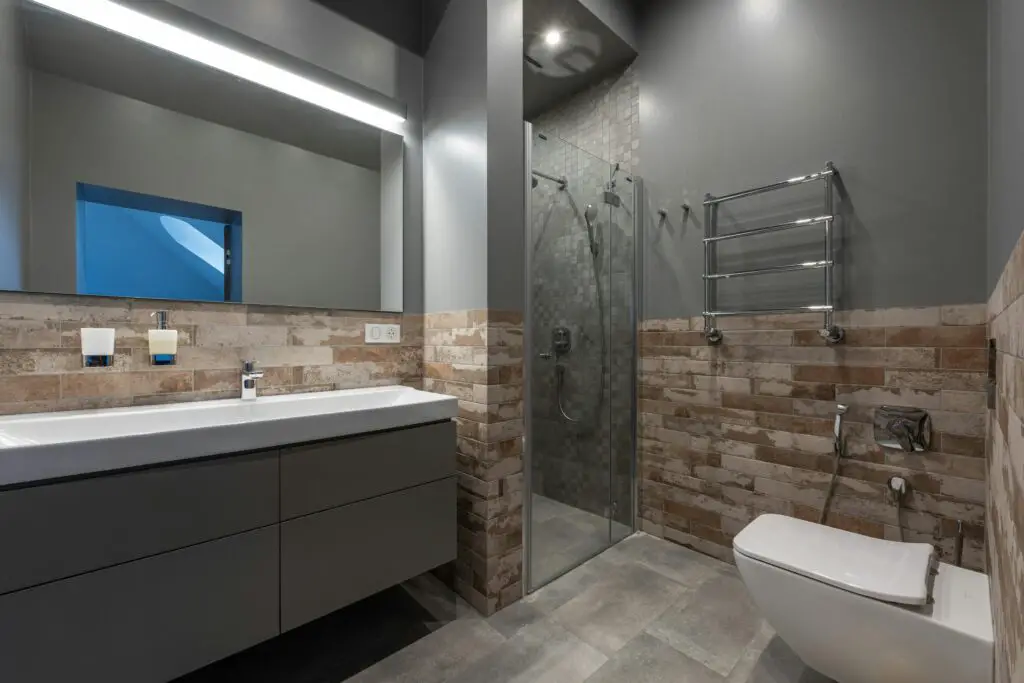
Floating vanities were once a top choice for sleek, modern bathrooms, but they are losing appeal due to storage limitations. As homeowners prioritize functionality, full-size vanities with ample drawers and cabinets are making a comeback.
Built-in vanities provide more storage while maintaining a streamlined look. Warm wood finishes and marble countertops are replacing the cold, minimal aesthetic of past trends. This shift reflects a preference for practicality in high-traffic areas.
12. Acrylic Furniture Is Phasing Out
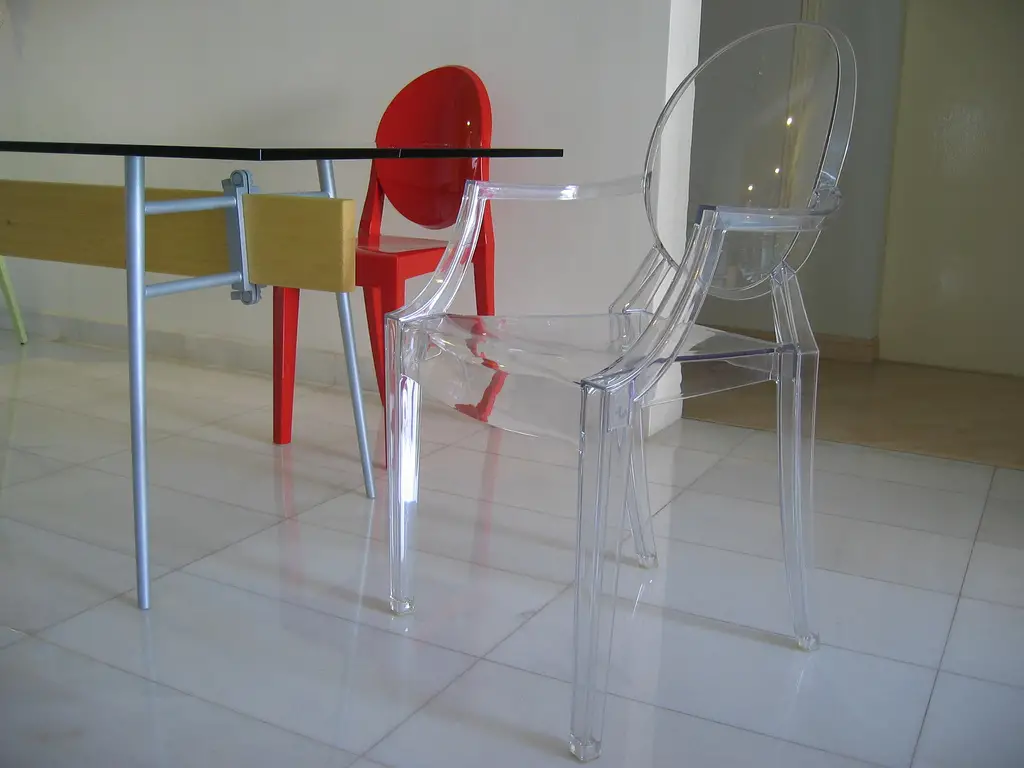
Transparent acrylic chairs and tables have been a modern staple, but their novelty is wearing off. While they can create an airy feel, they often lack the warmth and durability that homeowners now seek.
More substantial materials like wood, stone, and woven textures are taking center stage. These alternatives provide longevity and a sense of groundedness, aligning with the move toward cozy, inviting interiors. Designers are focusing on comfort and craftsmanship over fleeting trends.
